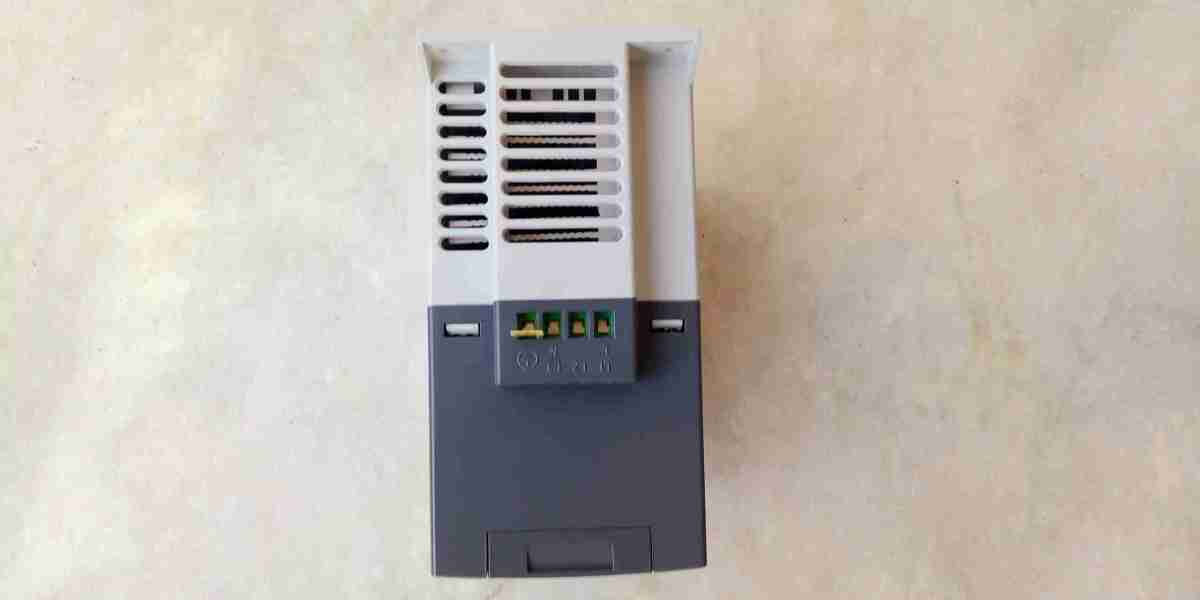The Variable Frequency Drive (VFD) market in HVAC systems is experiencing significant growth in the commercial sector, driven by the increasing demand for energy efficiency, sustainability, and cost reduction. VFDs, which regulate the speed and torque of motors, play a crucial role in optimizing the performance of HVAC components such as fans, pumps, and compressors. By dynamically adjusting motor speeds based on the load or demand, VFDs enhance operational efficiency, reduce energy consumption, and improve overall system performance. As commercial buildings focus more on green building standards and energy-efficient solutions, the adoption of VFDs in HVAC systems has become an essential part of modern building infrastructure. This article explores the opportunities and challenges in the VFD market for HVAC systems in the commercial sector.
Opportunities in the Commercial Sector
Energy Efficiency and Cost Savings: One of the primary drivers for the adoption of VFDs in HVAC systems is the need to optimize energy consumption. HVAC systems in commercial buildings, particularly in large office complexes, shopping malls, and hotels, can account for a significant portion of total energy consumption. By using VFDs to adjust motor speeds based on real-time demand, these systems operate more efficiently. For example, in cooling systems, VFDs can regulate the speed of cooling towers or chillers based on temperature fluctuations, reducing the energy wasted in idle periods. As a result, energy costs are significantly reduced, providing long-term savings for commercial building owners and operators.
Regulatory Pressures and Sustainability Goals: With growing concerns over climate change and energy consumption, there is a global push towards sustainability in commercial buildings. Governments and local authorities have introduced stricter energy efficiency regulations, requiring commercial properties to meet specific energy performance standards. In this context, VFDs play a crucial role in meeting these regulatory requirements by enabling HVAC systems to operate more efficiently and with reduced environmental impact. Furthermore, adopting VFD technology helps commercial buildings achieve green certifications such as LEED or BREEAM, which can enhance their market value and attractiveness to tenants.
Integration with Smart Building Technologies: VFDs are becoming increasingly integrated with smart building technologies and building automation systems (BAS). By integrating VFDs with sensors, controllers, and IoT-based platforms, commercial buildings can achieve real-time monitoring and dynamic adjustments in HVAC operations. This level of automation enables energy optimization based on occupancy, outdoor weather conditions, and other factors, improving both comfort and efficiency.
Challenges in the Commercial Sector
Initial Investment Costs: One of the key challenges in adopting VFDs for HVAC systems is the high initial investment required for installation and integration. Commercial buildings, particularly older ones, may face substantial costs in upgrading their HVAC systems to accommodate VFD technology. Although VFDs offer long-term energy savings, the upfront cost can be a barrier for many building owners, especially in regions where energy efficiency incentives or subsidies are limited.
System Integration and Complexity: Integrating VFDs into existing HVAC systems, especially in large commercial buildings, can be complex. Retrofitting older systems with VFDs may require significant adjustments to electrical infrastructure and control systems. Ensuring that VFDs are compatible with other components of the HVAC system, such as chillers, air handlers, and ductwork, may require specialized expertise and careful planning.
Maintenance and Technical Expertise: While VFDs are generally reliable, their performance depends on proper maintenance and monitoring. Commercial buildings may face challenges in maintaining and servicing VFDs, particularly if they lack the technical expertise needed for troubleshooting. Regular maintenance and calibration are essential to ensuring optimal performance and energy efficiency. This can add to operational costs, especially if specialized personnel or third-party service providers are required.
Conclusion
The Variable Frequency Drive (VFD) market in HVAC systems for the commercial sector presents substantial opportunities driven by the growing demand for energy efficiency, sustainability, and cost savings. The ability to dynamically control motor speeds and reduce energy consumption is a critical advantage for commercial buildings aiming to meet regulatory standards and sustainability goals. However, challenges such as high initial investment costs, system integration complexity, and maintenance requirements need to be addressed to maximize the potential of VFDs in HVAC applications. As the demand for green building technologies and energy-efficient solutions continues to rise, the adoption of VFDs in HVAC systems will play a pivotal role in shaping the future of commercial building management.




